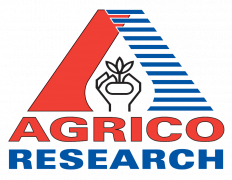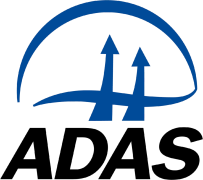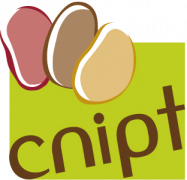Abstract
This study investigated the influence of supplemental irrigation (SI) on yearly variation in potato yield and associated economics in a humid climate. On-farm trials were conducted in four to five fields annually in Prince Edward Island, Canada from 2019 to 2022. The research involved four different treatments: rainfed production as the control group, irrigation following conventional practices, irrigation guided by soil moisture monitoring, and irrigation guided by soil moisture monitoring coupled with a 20% reduction in fertilizer input. While six commonly-grown russet potato cultivars were used, local standard cultural practices were followed at all sites. In 2019 SI significantly increased marketable yields (MY), which was primarily attributed to a drought period that extended from July to early August. Similarly, in 2020 SI led to a substantial rise in MY due to growing season rainfall being significantly lower than the optimal water demand for the potato plant. Conversely, in 2021 and 2022, when rainfall was relatively sufficient and evenly distributed, farmers either refrained from irrigating or employed minimal irrigation rates, resulting in negligible MY responses. Tuber yield increase as a result of SI varied with rainfall and thus fluctuated yearly. Cross-year comparisons revealed that SI can effectively mitigate annual fluctuations in tuber yield. A cost–benefit analysis indicated that employing SI to minimize yearly variation in tuber yield can be either profitable or unprofitable in the long term, and is contingent on the costs linked to irrigation equipment, the water supply system, operational aspects, field scale, and rainfall distribution. These findings hold significance for guiding decisions in water management for potato production in humid environments.















